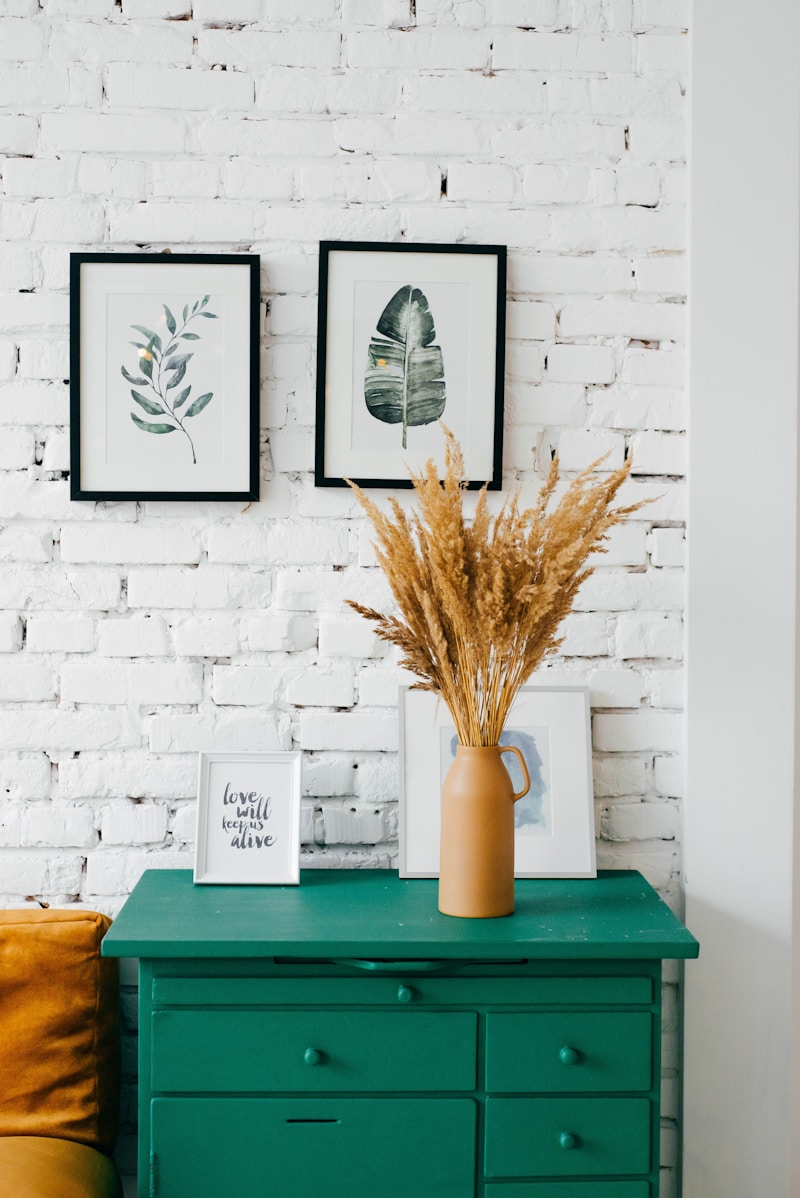Classic vs. Contemporary: A Comprehensive Guide to Timeless Elegance and Modern Aesthetics
The ongoing debate between classic and contemporary styles continues to spark interest among designers, homeowners, and enthusiasts alike. Whether discussing architecture, interior design, fashion, or art, the distinctions between classic and contemporary categories often lead to compelling discussions about preferences, significance, and longevity. In this article, we will explore the fundamental differences, benefits, and challenges associated with both classic and contemporary styles, helping you make informed decisions in your design journey.
The Essence of Classic Style
Classic style often invokes a sense of nostalgia, tradition, and timelessness. Characterized by its adherence to established principles and elements, classic design is rooted in historical accuracy and cultural significance. Here are some key features that define classic style:
- Timeless Elegance: Classic design embodies a sense of elegance that never goes out of fashion.
- Quality Materials: It typically features high-quality materials such as hardwood, marble, and rich textiles.
- Intricate Details: Classic styles often incorporate detailed craftsmanship, including intricate moldings and decorative elements.
- Symmetry: Balance and symmetry are crucial in classical design, promoting a cohesive and harmonious look.
Benefits of Classic Style
There are numerous benefits associated with classic design. Some of these include:
- Longevity: Classic styles remain relevant over time, reducing the need for frequent updates.
- Appreciation of Value: Properties and items designed in classic styles often appreciate in value, making them a smart investment.
- Versatility: Classic elements can easily be combined with contemporary pieces for an eclectic look.
Unveiling Contemporary Style
On the flip side, contemporary style is ever-evolving and reflects current trends and societal changes. It is characterized by simplicity, functionality, and innovative design elements. Here are some characteristics of contemporary style:
- Minimalism: Clean lines and minimal ornamentation are defining characteristics of contemporary design.
- Open Spaces: Contemporary spaces emphasize open floor plans and natural light.
- Use of New Technologies: There is a notable integration of modern technologies and smart home features in contemporary designs.
- Eclectic Color Palettes: Unlike classic styles, contemporary designs often embrace bold colors and experimental combinations.
Advantages of Contemporary Style
Some advantages linked to contemporary design include:
- Flexibility: Contemporary design allows for a more flexible approach, adapting to changing tastes and trends.
- Innovative Features: Incorporating modern technology enhances functionality and convenience.
- Expressive Creativity: Contemporary styles encourage unique expressions of individual creativity and personal style.
A Comparison Table: Classic vs. Contemporary
| Characteristic | Classic Style | Contemporary Style |
| Timelessness | Enduring elegance and tradition | Reflects current trends |
| Materials | High-quality, traditional materials | Modern, innovative materials |
| Design Elements | Intricate details and symmetry | Minimalism and open concepts |
| Color Palette | Subtle, muted tones | Vibrant and eclectic colors |
| Functionality | Focus on aesthetics and beauty | Emphasis on practicality and convenience |
Choosing Between Classic and Contemporary
The choice between classic and contemporary style ultimately depends on personal preferences and the intended purpose of the space. Here are a few questions to consider during the decision-making process:
- What atmosphere do you wish to create? Is it a warm, inviting space or a sleek, modern area?
- Do you want your design to reflect personal expressions or adhere to historical significance?
- Are you aiming for longevity in value, or do you prefer to keep up with evolving trends?
Combining Classic and Contemporary Styles
A growing trend in the design world is the blend of classic and contemporary styles, often referred to as transitional design. By combining elements from both styles, you can create a unique space that embodies the best of both worlds. Here are some ideas on how to achieve this:
- Mixing Furniture: Pair a classic upholstered sofa with sleek contemporary coffee tables.
- Layering Textures: Combine rich, classic textiles with modern materials like glass and metal.
- Artwork: Use contemporary art pieces in a classic space to create visual interest.

Final Thoughts on Classic vs. Contemporary
In the end, choosing between classic and contemporary styles ultimately comes down to personal preference and the specific context of the design project. Both styles carry their unique strengths and significant cultural relevance; therefore, it’s crucial to consider factors like lifestyle, values, and future intentions. As trends continue to evolve, so too will your design choices, allowing for a creative interplay between classic elegance and contemporary innovation. Always remember that the ultimate goal of any design choice is to create spaces that resonate with who you are and the environment you wish to inhabit.
In summary, whether you lean toward the timeless charm of classic styles or the bold lines of contemporary aesthetics, finding a balance that suits your lifestyle can lead to a beautiful and functional space.
Remember, design is an evolution. Stay informed, remain inspired, and trust your instincts as you navigate through the seemingly endless choices within the realm of classic and contemporary styles.